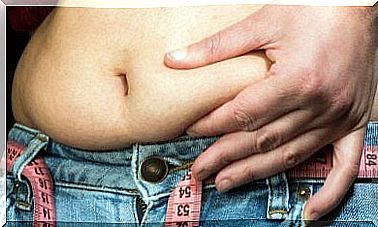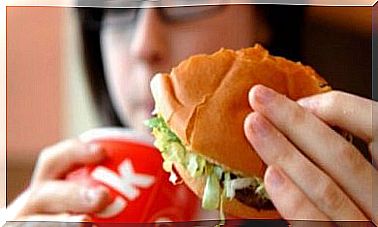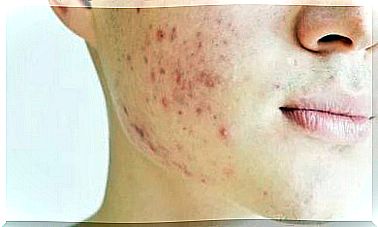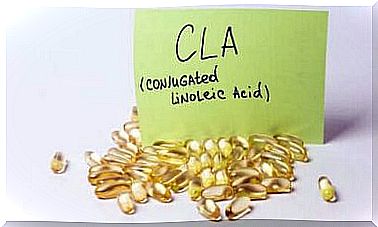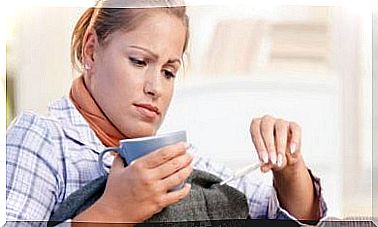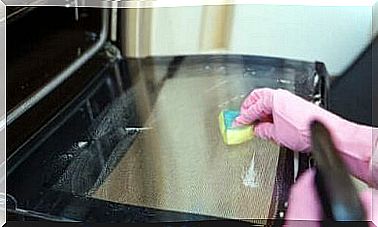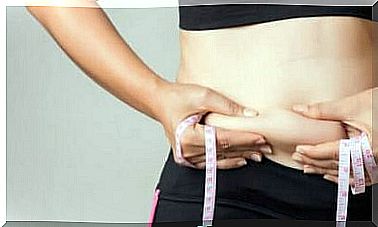Why Should Beetroot Be Part Of Your Diet?
Find out why it is essential to consume beetroot every day, and how to vary the recipes, while having fun.

The beetroot, this tuber with a sweet flavor, hides many properties for our health.
Among them, we can find an exceptional ability to purify the liver, a power to reduce arterial hypertension. It is also a weapon against constipation, and a real concentrate of energy.
Find out in the rest of this article why it is essential to consume beetroot every day, and how to vary the recipes, while having fun.
Beetroot
Beetroot is a vegetable, usually only the root is eaten, while its stems and leaves are also edible.
It contains a high amount of vitamins B and C, as well as minerals like potassium, sodium, magnesium and fiber.
Its health benefits
- It helps fight anemia, states of fatigue and exhaustion thanks to its magnesium and iron content. It is ideal for people in the recovery and convalescence phase.
- It naturally reduces high blood pressure.
- It has anti-inflammatory properties.
- It is a very purifying food, which helps us to cleanse the blood and the liver. Beetroot promotes the elimination of toxins that enter our body due to pollution, and which can severely damage our liver.
- It reduces the risk of suffering from cardiovascular diseases.
- It is an anti-cancer food, like most purple colored foods.
- Its high fiber content promotes intestinal transit in a natural way.
How to eat beetroot?
- In stew. If you do not like the sweet flavor of beetroot, we recommend that you add it, cut into small pieces, in all your stews of vegetables, legumes and meat for example.
In this way, other foods will mask its flavor, and you will benefit from its incredible properties. - Cooked. To cook the beetroot you must wash it well, so you won’t have to peel it once it’s cooked. Also keep a piece of the stem.
If you follow these two tips, you will get all the nutrients and flavor of this fabulous vegetable. The cooking must be done for at least 1 hour to obtain a very tender flesh. - Flood. Red beet lovers can eat it raw, in salads or as a garnish.
As it is quite hard, the ideal is to grate it, to give flavor and color to all your dishes. You can also add it to your desserts, like in cakes or yogurts. - In juice or smoothie. A delicious and original recipe, which you can make at home, is to include beetroot in all kinds of smoothies and juices.
In this way, you will take full advantage of its nutrients, without having to chew it.
You can pair it with apple, banana, red berries, strawberries, etc.
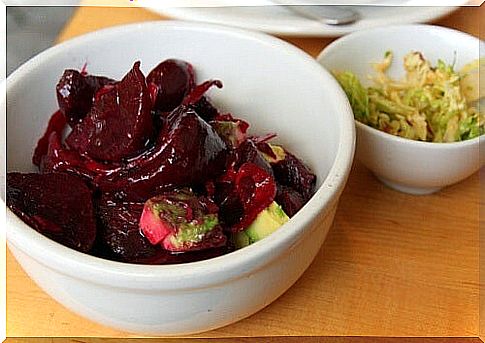
Do not throw away its leaves
If you buy organic beets, they may be sold to you directly with their leaves.
To get the most out of all the benefits of red beets, you can also use its leaves. They were also the only part of this vegetable consumed in the past.
You just have to wash them well, and you can then add them to all your juices, smoothies, stews, omelets or salads.
Beetroot leaves are rich in vitamins A, C, and K, as well as minerals like calcium and iron.
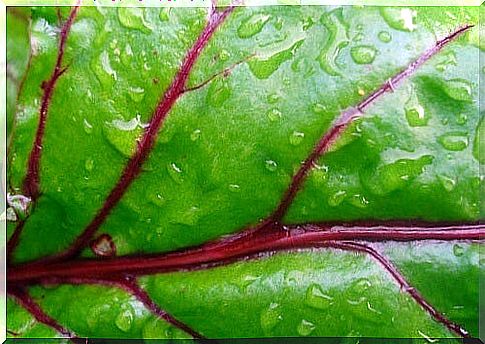
A cure for women
Beetroot juice is a millennial diet for menstrual irregularities and premature menopause.
In both cases, it is recommended to drink a glass of beet juice per day, on an empty stomach, throughout the period of onset of the disorder.
Russian soup
The Russians have a traditional beetroot-based recipe to combat the harsh winters that this country can experience: Borscht soup.
- Brown the onion and beetroot, cut into small pieces in the pan.
- When they are tender, after about 7 minutes, add a vegetable broth.
- Cook over low heat for 15 minutes.
- Add fresh cabbage, cut into very fine pieces, parsley, sherry vinegar, salt and pepper.
- According to the traditional recipe, you can add a little crème fraîche if you wish.
A natural and vegetable dye
It is from red beets that a garnet dye is obtained that is found in many foods.
It is also known as the additive E-162, or betanin, and is in no way dangerous to health.
Conversely, another dark red dye used in food, known as E-120, extracted from an insect, the cochineal, can cause many allergic reactions.
Images by Skånska Matupplevelser, Larry and net_efekt.
